Puerto Rico’s utility, the Puerto Rico Electric Power Authority (PREPA), has a narrow path to meet future capital and operational needs in rebuilding its grid with renewables, said Tom Sanzillo, director of financial analysis for the Institute for Energy Economics and Financial Analysis, in testimony to the U.S. District Court for the District of Puerto Rico.
Given PREPA’s financial needs to rebuild the grid, and the electric rates that Puerto Rico’s economy can support, “there is no headroom” to support repayment of PREPA’s legacy debt through increased rates, Sanzillo testified.
PREPA, which is in a bankruptcy proceeding, has “more than $9 billion in unpaid bond debt and other obligations,” Sanzillo said in a statement. The district court is evaluating a proposed “plan of adjustment” submitted by the Financial Oversight and Management Board for Puerto Rico that would raise electricity rates to repay bondholders.
The Financial Oversight and Management Board’s (FOMB) plan would increase Puerto Rico’s electrical rates by double digits, Sanzillo said, with the goal of repaying bondholders $5.68 billion “over the next decades.” Puerto Rico’s rates are now more than twice the U.S. average, he said, “and the island’s median income is less than half of the poorest U.S. state.”
A “rapid transition” to renewable generation is “instrumental” for PREPA to achieve fiscal balance and stability by reducing fuel costs, Sanzillo testified, as 97% of PREPA’s electricity is generated from imported fossil fuels, and fuel costs “recently have risen to more than 60% of operating costs.”
Based on studies by the Puerto Rico Department of Housing and PREPA, he said there is a need for “at least $6 billion in capital expenses” to rebuild the grid, beyond existing federal commitments.
To transition to renewables, Sanzillo said in an emailed statement that investments could include the development of one or more distributed generation initiatives “to support the rising number of resident-initiated rooftop solar investments,” and bringing the various tranches of solar energy solicited in RFPs “through the process to commercial operation.” These measures “should result in a substantial drop in fuel costs over time.”
“The purpose of a bankruptcy proceeding is to provide a fresh start,” Sanzillo said. The FOMB’s plan of adjustment “is not a fresh start; it is the same old quagmire wrapped in different paper.”
Sanzillo, who formerly served in senior management roles at the New York City and New York State Comptroller’s Offices, submitted his testimony on behalf of Puerto Rico’s Union of Electrical Industry and Irrigation Workers. The pension funds of union members who work for PREPA are at risk of financial loss in the bankruptcy proceeding.
Hurricane survival
Agustin Irizarry-Rivera, a professor of power system engineering at Puerto Rico University’s Mayaguez campus, also challenged the FOMB’s proposed plan in an expert report prepared for eight citizens groups in Puerto Rico plus the Sierra Club.
The fixed component of the FOMB’s proposed rate increase would be “an immediate solar tax of 2.1 cents per kWh,” he said in the report. The FOMB’s plan “is designed to make ownership of a rooftop solar PV system far more expensive than it has to be” and would “impede the ability to survive hurricanes in Puerto Rico,” which is “squarely in the hurricane path of the Caribbean Sea.”
Irizarry-Rivera cited a case study on a solar-plus-storage system that operated uninterrupted for 101 days while the grid’s electric service was not available following Hurricane Maria in 2017.
Puerto Rico’s 100% renewable energy law prohibits solar taxes, and trade group the Solar and Energy Storage Association of Puerto Rico (SESA-PR) has worked to defend that aspect of the law for several years.
Grid defection
Irizarry-Rivera added that “significant” grid defection could result from the FOMB’s plan for rate increases, given customers’ ongoing deployment of rooftop solar and storage; the projected cost reductions for both technologies; and Puerto Rico’s already-high cost for electricity.
Distributed solar systems have been deployed by 80,000 customers across Puerto Rico, totaling more than 500 MW, according to data from transmission and distribution system operator LUMA Energy, which Irizarry-Rivera cited in his testimony.
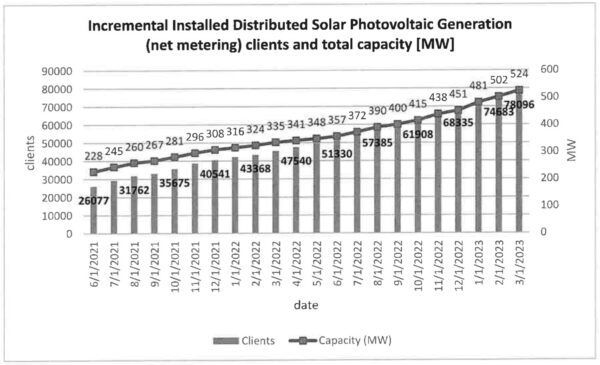
Distributed storage systems have reached close to 70,000 customers and almost 1 GWh of storage capacity, Irizarry-Rivera said, based on LUMA Energy data.
Irizarry-Rivera reported results of his analysis showing that electricity from the grid, which costs 28.4 cents per kWh prior to the FOMB’s proposed rate increase, “is already more expensive than grid defection” for a customer using distributed solar-plus-storage. His analysis also considered projections for lower future costs for distributed solar and storage that were developed by the National Renewable Energy Laboratory.
Irizarry-Rivera’s expert report is available at this site by clicking on “Dockets,” entering the number 3414 under “Docket Numbers,” and then choosing “All Docs” at the right.
The district court is expected to conduct a hearing on the FOMB’s proposed plan of adjustment in July.
This content is protected by copyright and may not be reused. If you want to cooperate with us and would like to reuse some of our content, please contact: editors@pv-magazine.com.
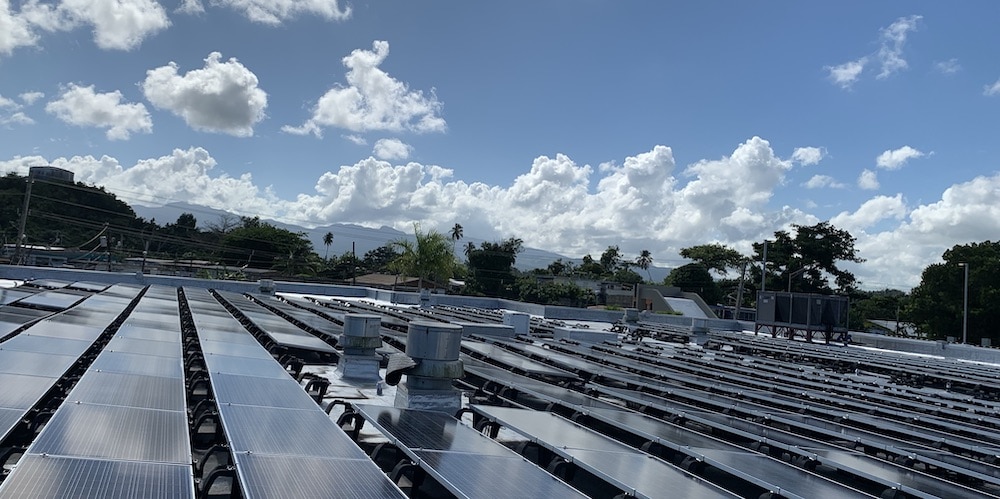
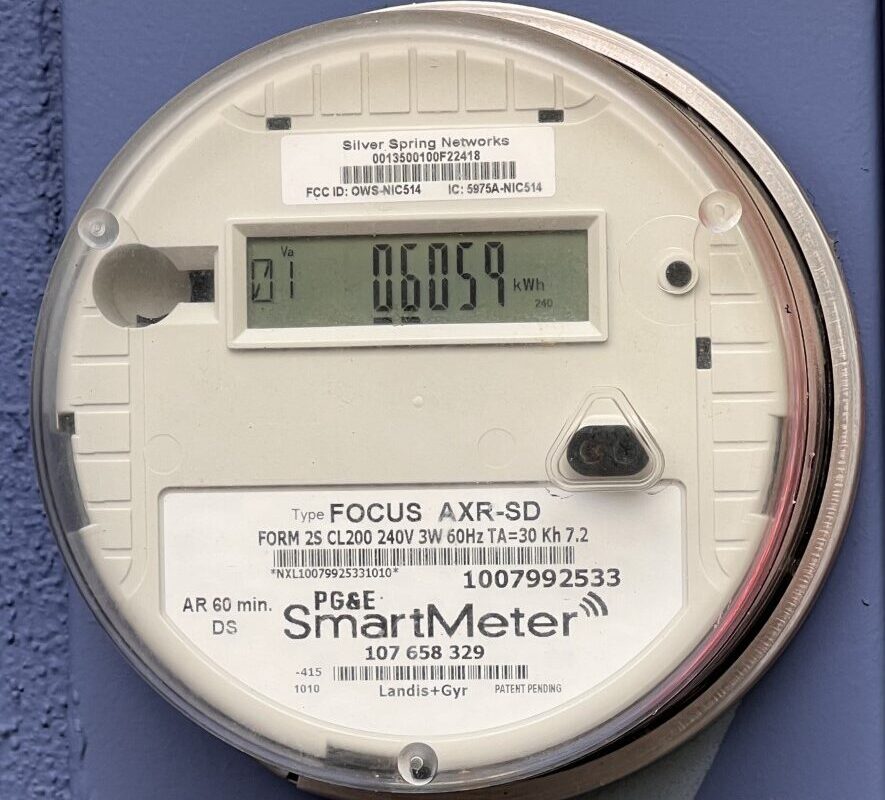

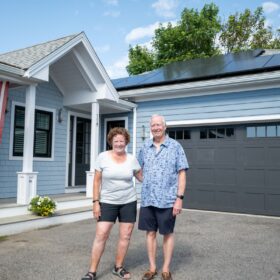


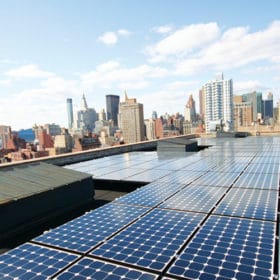

Just give the utility to the hedge funds and tell them to fix it.
And don’t invest anything in it, let it die, just invest in homes, building, businesses, microgrids, co-ops, munis, solar, wind, biomass will cost far less and the people own most of it.
Locals can sue to get ownership of the local wires.
With the cost of home RE, batteries low and half the price in 18 months retail, this really will happen everywhere as cost 2-10x less/kwh.